#1930s Germany
Photo

Otto Dix, Rothaarige Frau (Damenporträt), 1931
#otto dix#neue sachlichkeit#magic realism#neue frau#1930s art#1930s portrait#Babylon Berlin#1920s berlin#1930s germany#1930s fashion#modern art#red head#verism#portrait#new objectivity
112 notes
·
View notes
Text
The BBC news just used a soundbite from an MP (Catherine Fletcher, conservative) saying "In 1930s Germany they were citizens of that country who were residents there… to draw the comparison with people who were seeking to come to our shores, it almost invalidates the fact that they had a right to be in that country in the first place." This is a cruel, duplicitous reading of the history and the current policy. I'm not a historian, but I don't want people to hear this and accept it as "fact" when it is... well, it's not. I'm sure everyone reading this is smart enough to be able to do their own research, and compassionate enough to be horrified by what's happening, but a couple of quick points below, and suggestions of further reading.
In 1930's Germany, the Nazis identified Roma as having “alien blood." They were arrested, deported, sent to concentration camps, forcibly sterilised. Historians estimate that between 200,000 and 500,000 Roma and Sinti people were murdered by the Nazis and their collaborators. Laws were made to remove their right to live in that country.
The 1951 Refugee Convention (take a guess what that was signed in the aftermath of) states that:
everybody has the right to apply for asylum
anyone has the right to apply for asylum in any country that has signed the 1951 Convention and to remain there until the authorities have assessed their claim
people fleeing persecution may have to use irregular means in order to escape and claim asylum in another country
ie - refugees seeking asylum, EVEN IF THEIR CLAIM IS ULTIMATELY REJECTED, have a right to do so.
I highly recommend reading some of the resources on the holocaust memorial day trust and the refugee council webpage.
#uk pol#uk politics#1930s germany#refugee law#roma#seriously I'm not a historian so if anyone who is would like to develop this further please do
3 notes
·
View notes
Text
Is there an elder queer or trans person that has any hope? Or anything I should know? Because the USA is turned against us and other marginalized groups to the point we're all going back in time and I worry I wont be allowed to exist soon... And not to be dramatic but its looking pretty grim
#transgender healthcare#transgender#lgbtq#lgbtq rights#trans rights#transgender rights#lgbtqia+#marginalized communities#1930s Germany#?#America#united states#united states of america
5 notes
·
View notes
Text
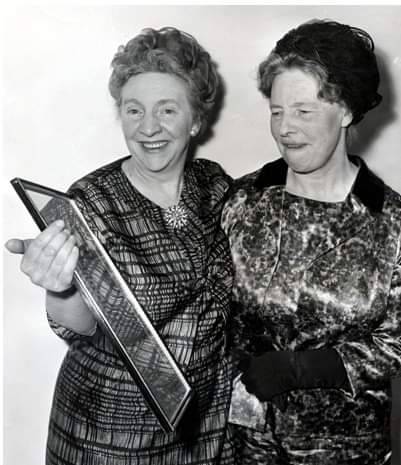
Ida and Louise Cook were unmarried sisters in their mid thirties who lived with their parents. One wrote romance novels for Mills and Boon (England’s Harlequin equivalent) and the other commuted from their sleepy London suburb to work as a secretary for the civil service. They wore home made clothes and shared a love of opera. They loved opera so much, they would go to Germany for the weekend just to see the opera there. In the 1930’s.
No one paid attention to them crossing the border, a couple of dowdy women in their homemade clothes, nor on the return trip with their furs and jewels. What Ida and Louise were doing, in addition to going to their beloved opera, was collecting valuables from would be refugees to help them in their new lives. The sisters would find people who would vouch for the refugees, find people willing to home them, assemble papers for them, and even rented an apartment as a temporary space for refugees just arrived. The sisters used their own money for this, so the refugees could sell their valuables for money to help them settle in.
The women entered and left through different checkpoints, so the same guards wouldn’t be able to notice their sudden acquisition of too much jewelry, and created a lie about the valuables in their purses as ‘we can’t trust them in our apartment when we aren’t there!’ They acted simple and foolish and were never caught. They did eventually halt their visits over the border, after directly rescuing 29 people (mostly families), but they did not stop working. They continued to raise money and awareness, and to help refugees in England.
The sisters were honored as Righteous Among the Nations by Yad Vashem, the World Holocaust Remembrance Center, in 1964.
Ida wrote a memoir that was republished as “Safe Passage” in 2008. In it she plays down their role, saying that what they offered wasn’t much. In exchange for saving lives, they only needed “some trouble, some eloquence, and some money.”


1 note
·
View note
Text
Lineker v Hitchens, Gary told the truth.....

#suella braverman#braverman#nazis#1930s germany#Lineker#gary lineker#hitchens#peter hitchens#shamima begum#Rwanda#rwanda plan#immigrants#refugees#asylum seekers
0 notes
Photo

Immenstadt im Allgäu, Germany, 1930s
396 notes
·
View notes
Text
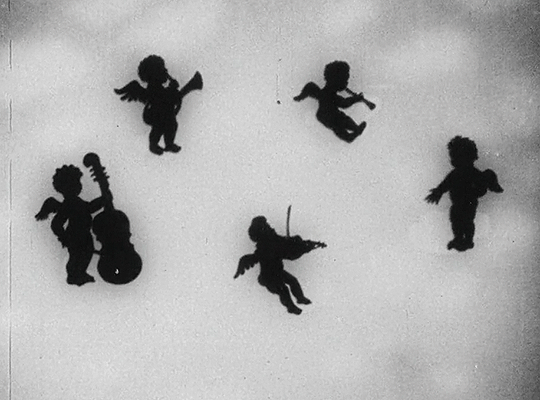
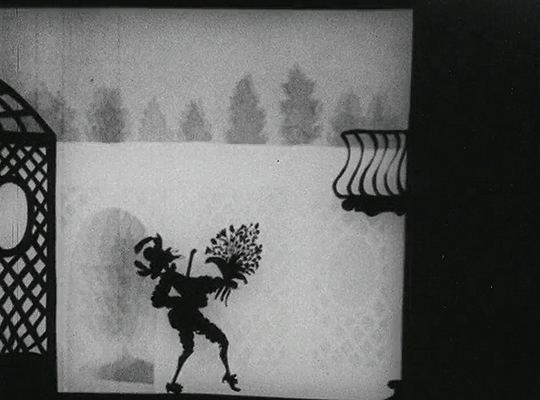

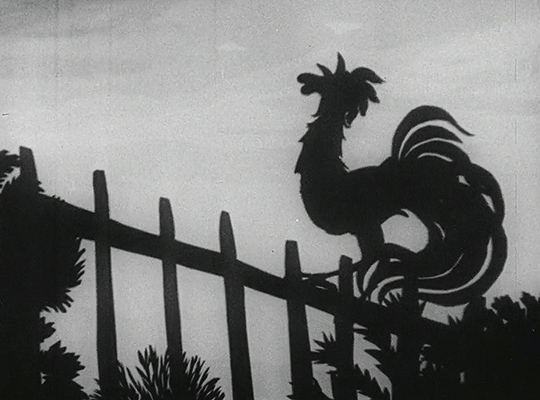

Harlequin (1931) Directed by Lotte Reiniger
#harlequin#filmgifs#dailyanimation#fyeahmovies#classicfilmblr#moviegifs#animationedit#animationsource#1930s#germany#filmedit#worldcinemaedit#harlekin#ours#by natty
367 notes
·
View notes
Text

Staircase detail of the Fritz Ziegler House (1936) in Berlin-Steglitz, Germany, designed by Hugo Häring. Photo by Reinhard Friedrich.
177 notes
·
View notes
Text

Friedrich Seidenstrücker. Pfützenspringerin am Bahnhof Zoo Berlin, 1930
#friedrich seidenstrücker#vintage#photography#black and white#street photography#art#history#black and white photography#vintage photography#berlin#germany#1930s
873 notes
·
View notes
Text

Tiller Girl Parody
Grit and Ina van Elben's dancing-machine at the Tingel-Tangel Theatre, 1931
#photography#art#grit and ina van elben#tingel-tangel theatre#weimar#black and white#dance#germany#1930s#vintage#tiller girls#parody#dancing machine
122 notes
·
View notes
Text
Those in power control what is produced.
Film played an important role in the propaganda of the NS regime, between 1933 and 1945. Of all the arts, film and cinema received the most support.
(Say what you want, I love these movies)
#history#studying#studyblr#teaching#booklr#german history#reichblr#wwii germany#wwii era#wwii history#wwii art#wwii#germany#1940s#1930s#1930s movies#1940s movies
59 notes
·
View notes
Text

Five thousand New Yorkers gathered in Columbus Circle in a mass demonstration against the persecution of Jews and Catholics by Germany, November 16, 1938. The crowd heard denunciations of the Third Reich from several speakers, including Nathan Frankel, Labor Advisor to Mayor La Guardia, and Orson Welles.
Photo: Associated Press
#vintage New York#1930s#demonstration#protest#Nazi Germany#Third Reich#Nov. 16#16 Nov.#anti-Nazi#vintage NYC
139 notes
·
View notes
Photo
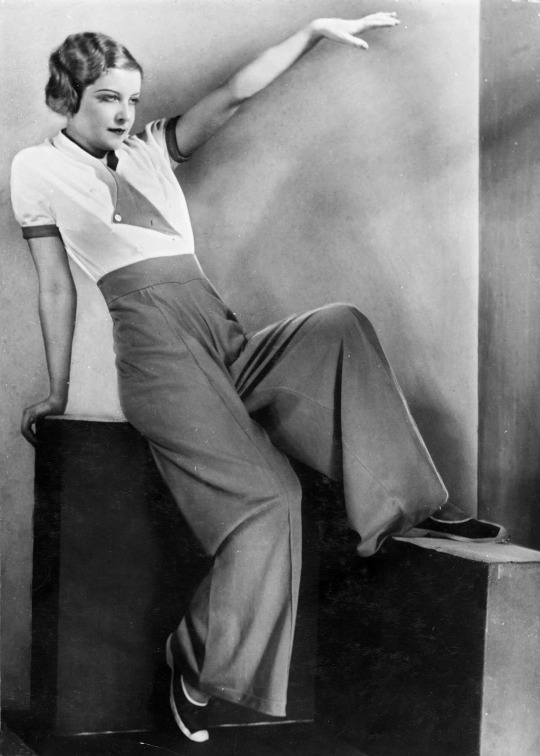
Yva. Beach Fashion. Berlin. C. 1930
Follow my new AI-related project «Collective memories»
#BW#Black and White#Preto e Branco#Noir et Blanc#黒と白#Schwarzweiß#retro#vintage#Yva#vintage fashion#Veimar fashion#Veimar art#Berlin#Germany#1930s#30s#1930's fashion#30's fashion#beach fashion
69 notes
·
View notes
Photo

Young woman and a cat in the garden, Germany, 1930s
443 notes
·
View notes
Photo
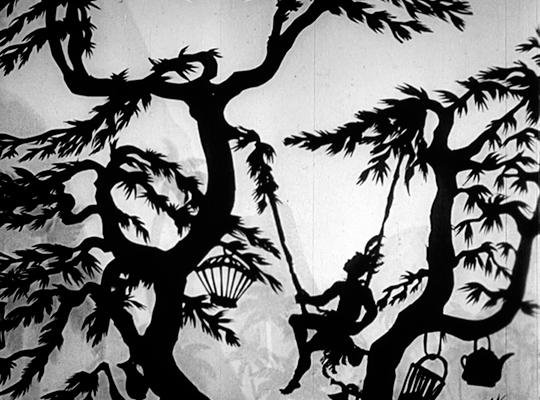

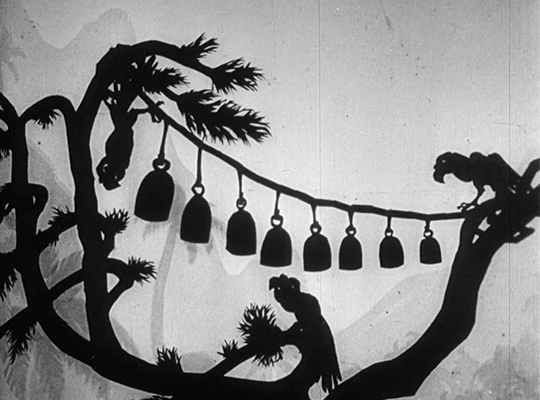


Papageno (1935) Directed by: Lotte Reiniger
#papageno#1930s#filmgifs#classicfilmblr#classicfilmsource#classicanimation#dailyanimation#moviegifs#dailyflicks#animationedit#lotte reiniger#germany#classicfilmcentral#worldcinemaedit#filmedit#ours#by natty
1K notes
·
View notes
Text
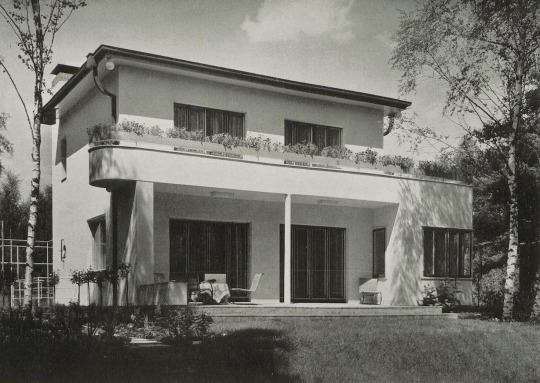
House A. (c. 1932) in Bad Saarow, Germany, by Fritz Glantz
203 notes
·
View notes